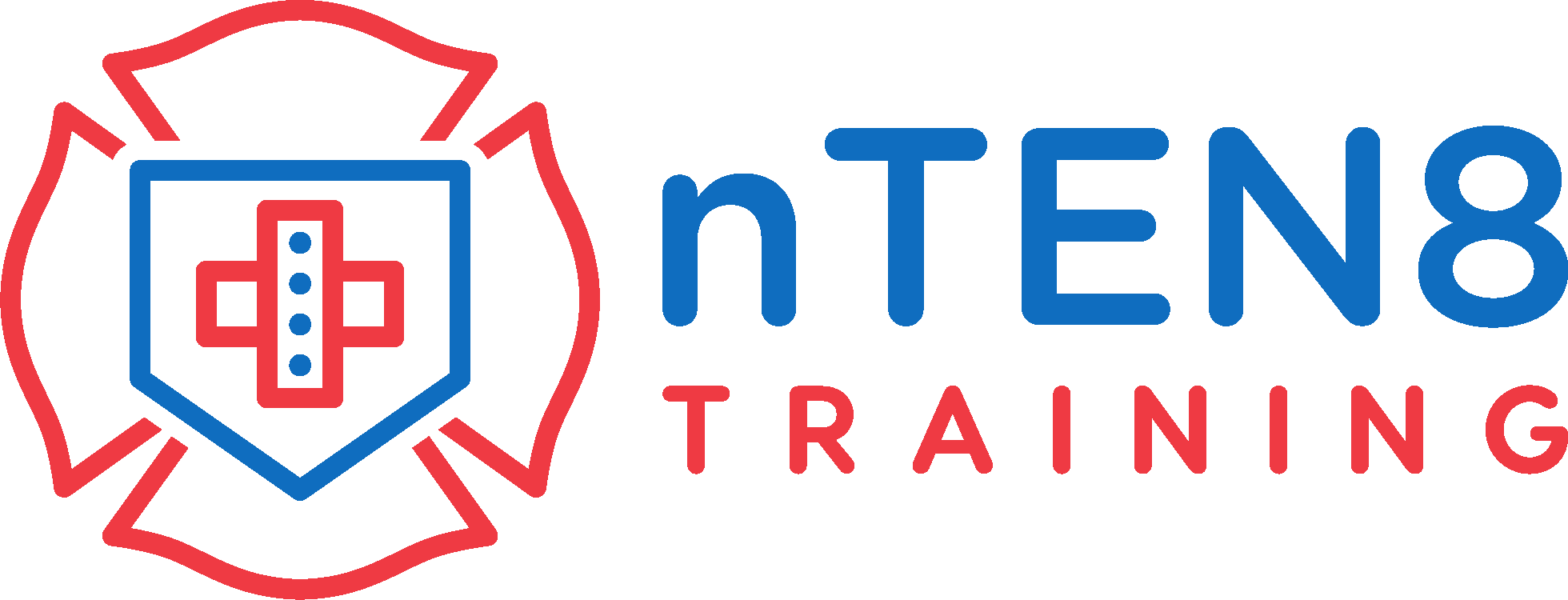Recognizing Effective Behavior in the School Environment: In this lesson, we explore the concept of positive behavior management and its importance in maintaining a respectful and safe educational environment. Understand how a nurturing atmosphere benefits both staff and students when behavior is managed effectively.
Techniques for Effective School Management: Learn practical strategies for managing challenging situations in a classroom setting. This session equips you with de-escalation techniques and encourages open dialogue, helping you maintain a peaceful school atmosphere.
Building a Positive School Community: Discover how positive behavior management contributes to building strong relationships across the school community. Learn how fostering communication and trust benefits students, teachers, and staff, creating a supportive environment for all.
Resolving Conflicts in Educational Settings: This module focuses on conflict resolution through constructive methods. Understand the importance of resolving conflicts quickly and effectively to maintain a positive learning environment. Positive behavior management techniques are crucial for achieving resolutions that benefit the entire school community.
Promoting Safety and Inclusivity in Schools: Explore the link between promoting a safe and inclusive school environment and positive behavior management. Learn the value of empathy and understanding in preventing bullying and creating a sense of community among all members of the school community.





